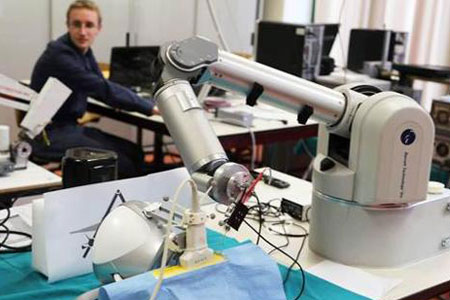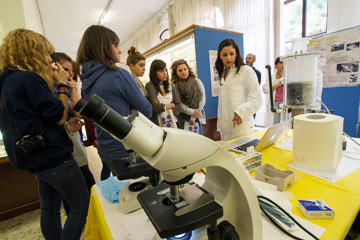Speaker:
Marco Antoniotti
- DISCo Universita` di Milano Bicocca, Milan, ITALY
Tuesday, March 18, 2008
at
4:15 PM
Inizio alle 16:30, Caffè e biscotti alle 16:15.
The state-of-the-art approach in the interpretation of high-throughput experimental micro-array data is to perform some form of "clustering" and then compute a functional characterization via "enrichments" by categorical terms, e.g., by Gene Ontology (GO) terms. To provide further assistance in result interpretation, it may be useful to establish "relationships" among different clusters, especially in the case of time-course experiments. This machine learning step is sometimes termed cluster meta-analysis, and several approaches have already been proposed to this end; such approaches usually rely on enrichments based on flat lists of GO terms. However, GO terms are organized in three taxonomical graphs, whose structure should be taken into account when performing enrichment studies.
In order to tackle this problem, we have proposed a Kernel approach that can exploit such structured graphical nature, and we have concentrated on its evaluation. We have then compared our approach against a specific flat list method by analyzing the alpha-subset of the well known Spellman's Yeast Cell Cycle data-set.
Using the Kernel method to perform the enrichment phase of the micro-array analysis is one of the building block of our work. Our long term plan is to analyze time-course experiments by retrieving them or patching them together from the publicly available data bases, and by processing them with novel software tools, like GOALIE, which visualizes the relationships between clusters of closed-by time points. Such plan serves the overall goal to empower a biologist formulate temporally localized hypotheses about a phenomena evolution, in order to focus and expedite future experiments.







